
The color episodes of "The Adventures of Superman" will be coming to DVD this year - perhaps a look at that landmark event (or "catastrophe," depending on your point of view) is in order.
Producer Whitney Ellsworth, having come from the comic book and pulp novel industries, recognized that Superman was a 4-color creation and deserved to be seen that way; if not now, then certainly by future generations. In 1954, when Ellsworth made the decision to shoot "Superman" in color, the value of syndicated reruns was just becoming evident. Ellsworth recognized that color was a wise investment - so did the sponsor, Kellogg's, which is why they agreed to help pay for it.
Of course, the color episodes weren't originally seen that way... "Superman" aired in black & white until the fall of 1965, six years after George Reeves died. There simply weren't enough color sets in operation through the '50's to justify the expense of manufacturing color dupe negatives and striking color prints for telecast. Only a few frames were printed at the time, so everyone behind the scenes could see what they were getting.
A few of these frames have survived, hence the above shot of George holding "the lily" on the set of "The Magic Secret." Naturally, these were printed on (cheap) Eastman stock... which is why Superman is turning red.
When color versions finally appeared in '65, the show's popularity exploded all over again. Almost overnight it shot into the top 5 of syndicated programs. Stations fell over each other trying to tie up the rights for their markets. Topps' bubble gum released a series of cards for the series - before that, who even knew that "Superman" publicity photos existed?
The color episodes have taken a lot of abuse over the years, as if the hues themselves are to blame. If the final 52 seem less dynamic, violent or downright interesting than the b&w seasons, color film is certainly not at fault. If anything, blame Dr. Fredrick Wertham's "Seduction of the Innocent" - the book that sparked a congressional investigation into comic book violence, of which Reeves himself owned a copy. The entire comics industry changed after that - violence, sexuality and gore were banned. Some companies, like National (D.C.), adapted. Others, like E.C., gave up the ghost. Since D.C. owned the "Superman" TV series, it stood to reason that the edict to tone down the stories would extend to those on film as well as in print.
In truth, there are some fine color episodes of "Superman," just as there are some awful b&w episodes ("My Friend Superman," anyone?). Check out the DVD set of seasons 3 & 4, to be released on June 20, and see for yourself.
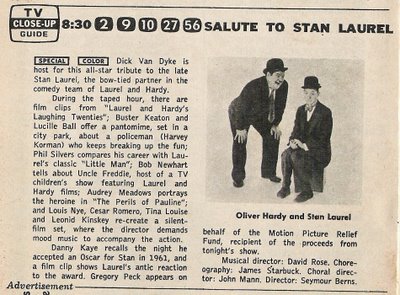

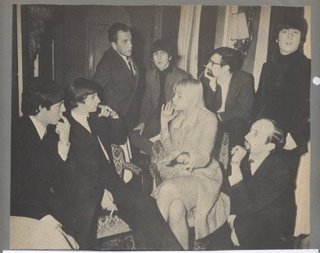


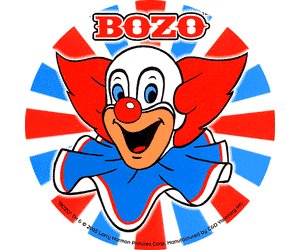

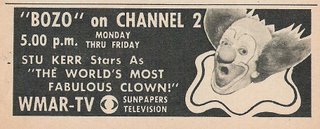
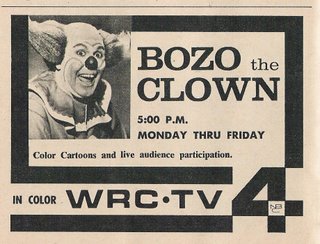


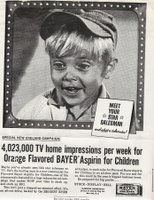
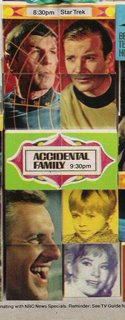

 Eventually the cruel husband claims his wife and drags her to Mexico, where she encounters a deaf-mute Catholic Brother and realizes her son can have a worthwhile future despite his condition. Eventually the villian gets his just desserts and mother and son are reunited.
Eventually the cruel husband claims his wife and drags her to Mexico, where she encounters a deaf-mute Catholic Brother and realizes her son can have a worthwhile future despite his condition. Eventually the villian gets his just desserts and mother and son are reunited. 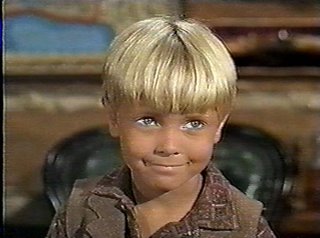 Teddy continued working through the decade, turning up on Family Affair, The Courtship of Eddie's Father, and Land of the Giants among others. Imdb lists his last credit as a "young boy" in a 1972 film about black hookers: "Street Sisters" - a world apart from "Mothers are like that... yeah, they are!"
Teddy continued working through the decade, turning up on Family Affair, The Courtship of Eddie's Father, and Land of the Giants among others. Imdb lists his last credit as a "young boy" in a 1972 film about black hookers: "Street Sisters" - a world apart from "Mothers are like that... yeah, they are!"